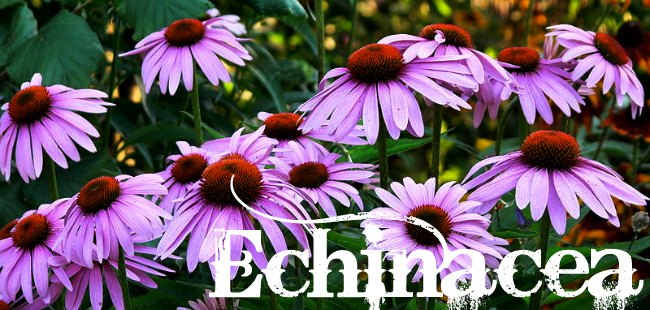
This post is part of Terrifically Useful Tuesday looking at the immense benefits plants have for people. See more in this series here.
If there is one plant image that has come to epitomise herbal medicine and good health in the last two decades, it would be the purple cone flower of echinacea. Splashed on supplements, chemist walls, natural healing centres, echinacea was the best selling herb of the 1990s. It’s prominence is well-deserved offering a range of potent medicines and a strong alternative to pharmaceutical antibiotics for Staphylococcus, Streptococcus and tuberculosis.
In our ever-escalating chemical arms race with germs, we look set to come off as the losers. Each year seems to see the mass-outbreak of drug-resistant bacteria and viruses that modern medicine just can’t seem to nail. Plants, especially herbs, offer our greatest hope. So why is it that plant therapies can work where the pharnmaceutical companies are failing? Complexity in nature, is a fine thing.
Pharmaceutical companies rely on incomplete science and market-driven solutions, to produce patentable isolates that are quick, efficient and cost-effective to get to market. For instance, penicillin has one chemical constituent-penicillin. Bacteria that reproduces so quickly can easily find a way around that one mechanism. Plants on the other hand have far more complexity. They have had hundreds of thousands of years to evolve their complex chemical compounds that work together to produce strong and effective medicines. This complexity makes it difficult for bacteria to bypass the plant medicine’s actions.
Echinacea’s complexity makes it a potent healer
Echinacea has complexity. The plant contains many chemicals that play a role in its therapeutic effects, including polysaccharides, glycoproteins, alkamides, volatile oils, and flavonoids.
Echinacea was highly valued as a medicinal herb by Native Americans and early settlers there, treating weeping wounds, boils, abscesses and snakebite. There are nine species of Echinacea of which two are used medicinally Echinacea angustifolia and E. purpurea. E. angustifolia, the narrow-leaf form, is the most cited in herbal medicine work as it is considered more potent. It is usually wild-harvested in the US and therefore the most expensive. E.purpurea has a broad leaf and is the most common as it is easier and faster to grow. It is still highly regarded amongst herbalists and those relevant chemical compounds seem to be consistent across the varieties.
Today, echinacea has a well researched and confirmed reputation for enhancing immune function. There are multiple lab and animal studies suggesting echinacea also relieves pain, reduces inflammation, and has hormonal, antiviral and antioxidant effects. For this reason, echinacea is recommended to treat a large range of infections, inflammations, hay fever, cold sores and slow-healing wounds. The effects on colds and flu are unclear with plenty of for and against studies. But it seems the quality of the plant extract taken seems to be the greatest area for dispute.
How to take echinacea
The University of Maryland Medical Center indicates that adults:
For general immune system stimulation, during colds, flu, upper respiratory tract infections, or bladder infections, choose from the following forms and take 3 times a day until you feel better, but not for more than 7 – 10 days:
- 1 – 2 grams dried root or herb, as tea
- 2 – 3 mL of standardized tincture extract
- 6 – 9 mL of expressed juice (succus)
- 300 mg of standardized, powdered extract containing 4% phenolics
- Tincture (1:5): 1 – 3 mL (20 – 90 drops)
- Stabilized fresh extract: 0.75 mL (15 – 23 drops)
- Apply creams or ointments for slow-healing wounds as needed.
It also states that people who are immune-compromised should not take echinacea due to possible drug-interactions.
How to grow Echinacea purpurea
Echinacea sales represent 10% of the dietary supplement market in the United States. For those of us who can’t afford these supplements, try growing your own patch of purple health in your cultivated beds.
Echinacea pupurea is best treated as a biennial and sown from seed. (Please note that seeds can take around 3 weeks to germinate). Best to sow pre-soaked seed into trays in early autumn, transplanting into the garden in spring. You’ll see flowering before the end of the next autumn. Echinacea loves full sun and can handle drought and wind, requiring only around 25mm of water per week through summer. Slugs and snails are its worst enemies.
For New Zealand readers: I have Echinacea purpurea seeds for sale, contact me here.
Echinacea purpurea tincture made from flowerheads
The best time to harvest echinacea flowerheads is when they are coming into flower and are at about one-twelth flowering (one in twelve flowers are open). Gather a large amount of the aerial parts including flowerheads and buds. This is when the active constituents in the aerial parts are in their prime. (If you do this early enough in the season you’ll probably be able to get a second go over).
To make the tincture you take the fresh clippings and add them to as high a proof alcohol as you can find, to the ratio of one part plant to two parts alcohol. Mix in a blender before placing in a glass jar and leaving on a sunny windowsill. Shake every day for two weeks before straining out the plant material and store the liquid in a cool, dark place.
Links to research supporting echinacea’s efficacy
Continue reading ‘Echinacea: How to grow and use this powerful antibiotic and immune-stimulant’
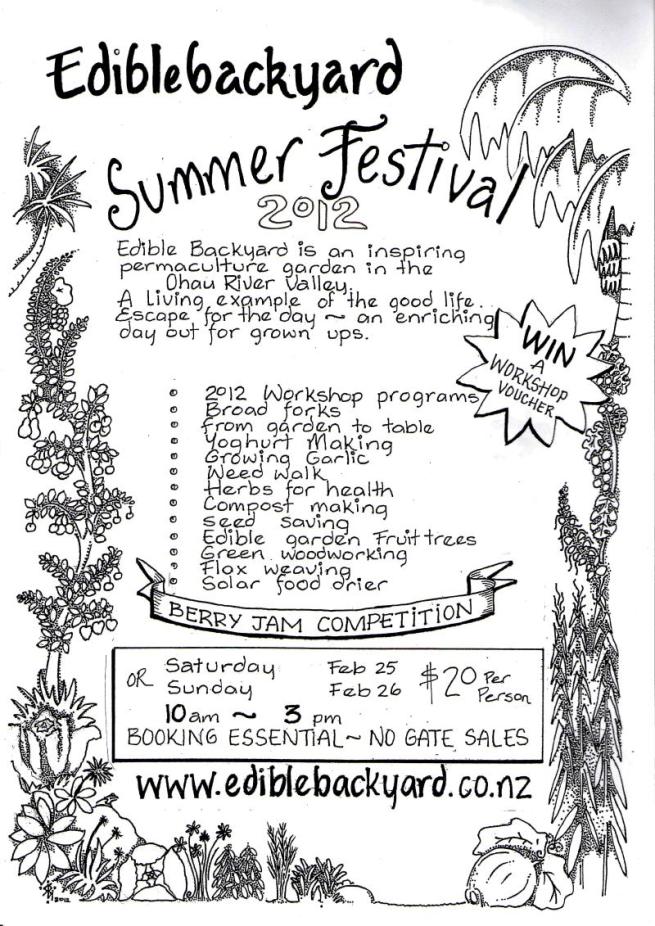
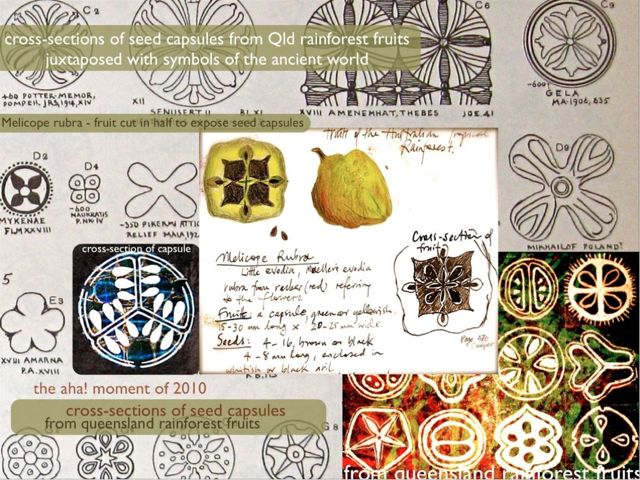
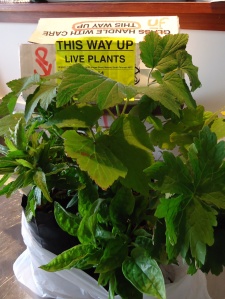 Decidedly average day for gardening but a wonderful day to have a box of plants arrive on your doorstep.
Decidedly average day for gardening but a wonderful day to have a box of plants arrive on your doorstep.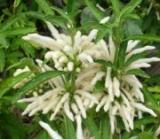
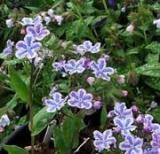
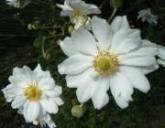
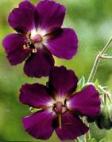
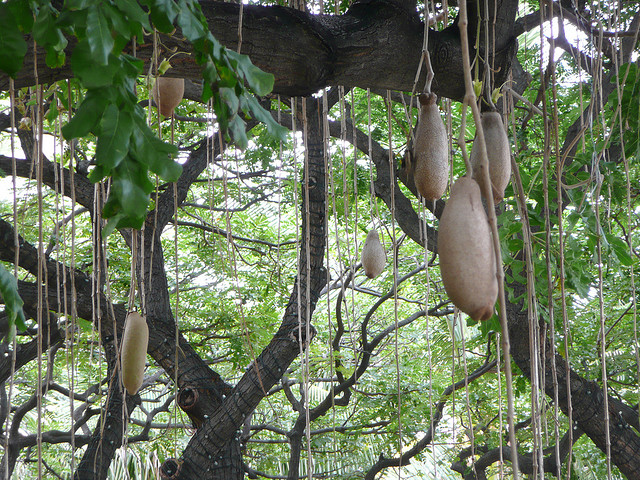 Image credit:
Image credit: 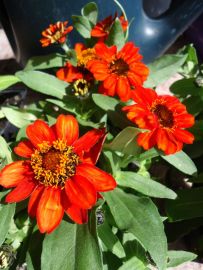
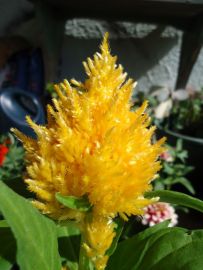
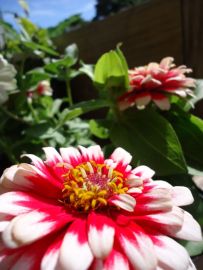
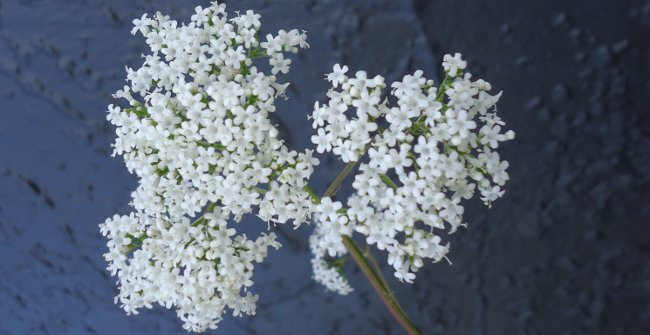

 While in Global Food News…
While in Global Food News…



